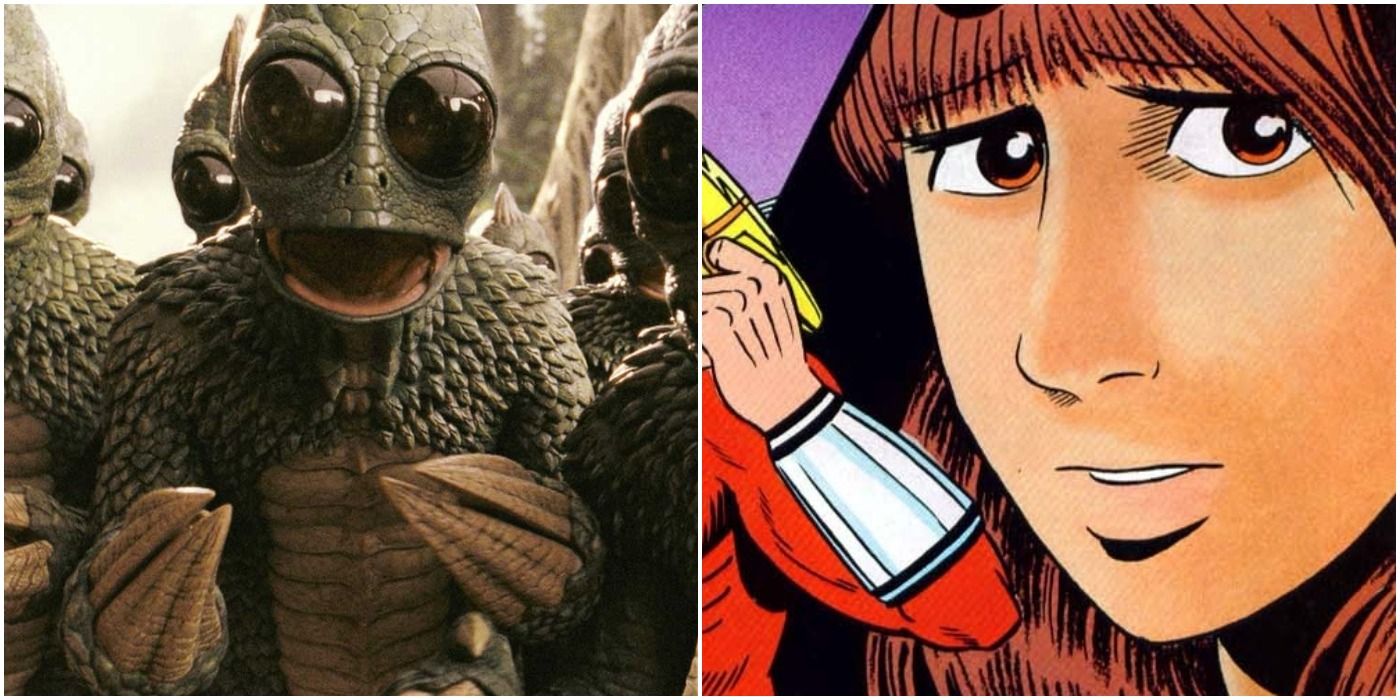
Isekai may very well be the most popular genre of anime and manga today. The concept, where a mundane person becomes another world's hero, is simple and its possibilities are endless. From schoolgirls reincarnated into video game villains to ordinary people discovering extraordinary powers on alien soil, 'other world' stories have been a part of anime and manga since Aura Battler Dunbine in 1983. Even more surprising, the concept first hit Japan in the 1976 novel Warrior From Another World.
However, isekai didn't come from Japan. For many decades, it's been a significant facet of fantasy and science fiction stories the world over. There's always an element of wish fulfillment underlying the concept, as isekai lets readers imagine the heroes they might become after a visit from Truck-kun. Still, the results aren't always what the heroes might wish for.
10 Oz, Narnia, and Wonderland Opened The Door To Other Worlds For Millions Of Readers
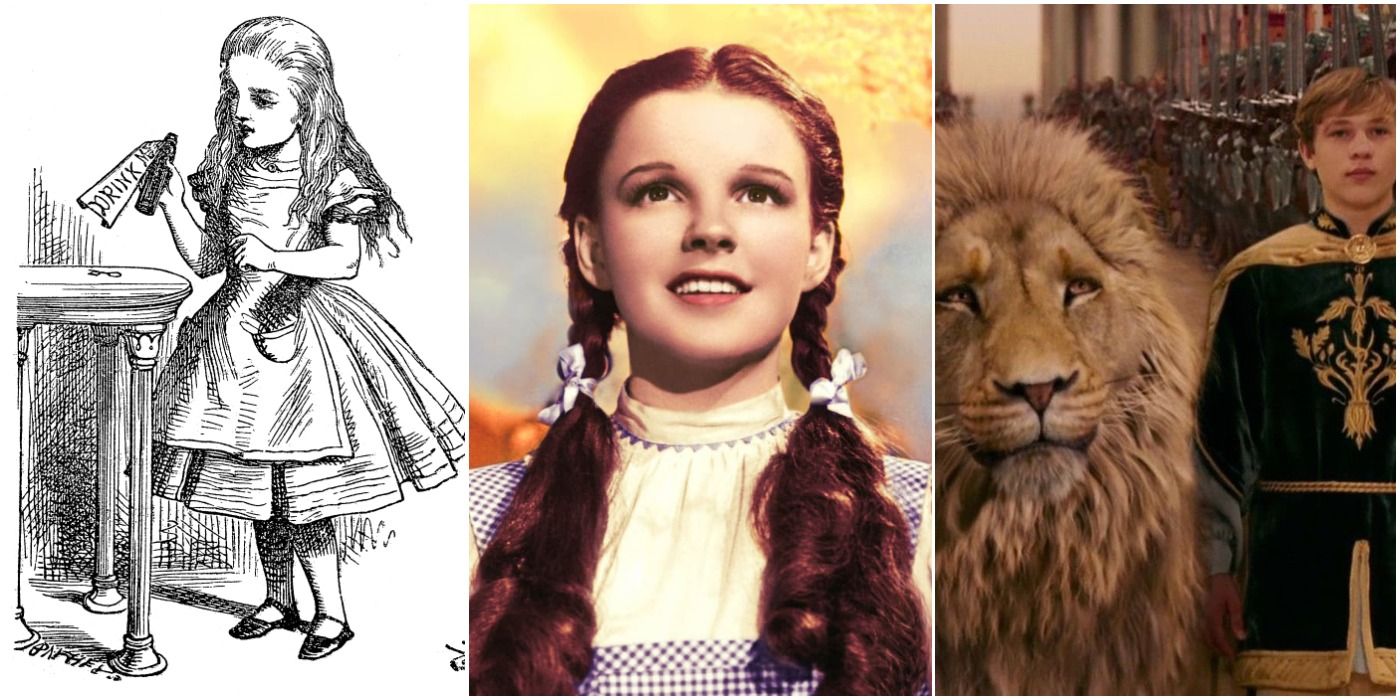
For most readers, Dorothy Gale of Kansas is one of the most recognizable isekai heroes. An ordinary farm girl, her trip over the rainbow transformed her into a hero who melted witches and overthrew tyrants. Likewise, the Pensevie children walked through a wardrobe into Narnia when they were in hiding from the London Blitz and freed Narnia from its own oppressive witch. Lewis Carroll's neighbor, Alice Liddell, walked through a looking glass and jumped down a rabbit hole, meeting the strangest assortment of animals and chess pieces in the process.
In Europe and America, these stories introduced hundreds of millions of children to the idea that, in another world, they might have a special destiny. Relatable heroes escaping from difficult circumstances and discovering their potential became the norm in these stories. They set a high bar for storytelling that others have struggled to clear.
9 Silverlock Meets Everyone From Circe To Robin Hood
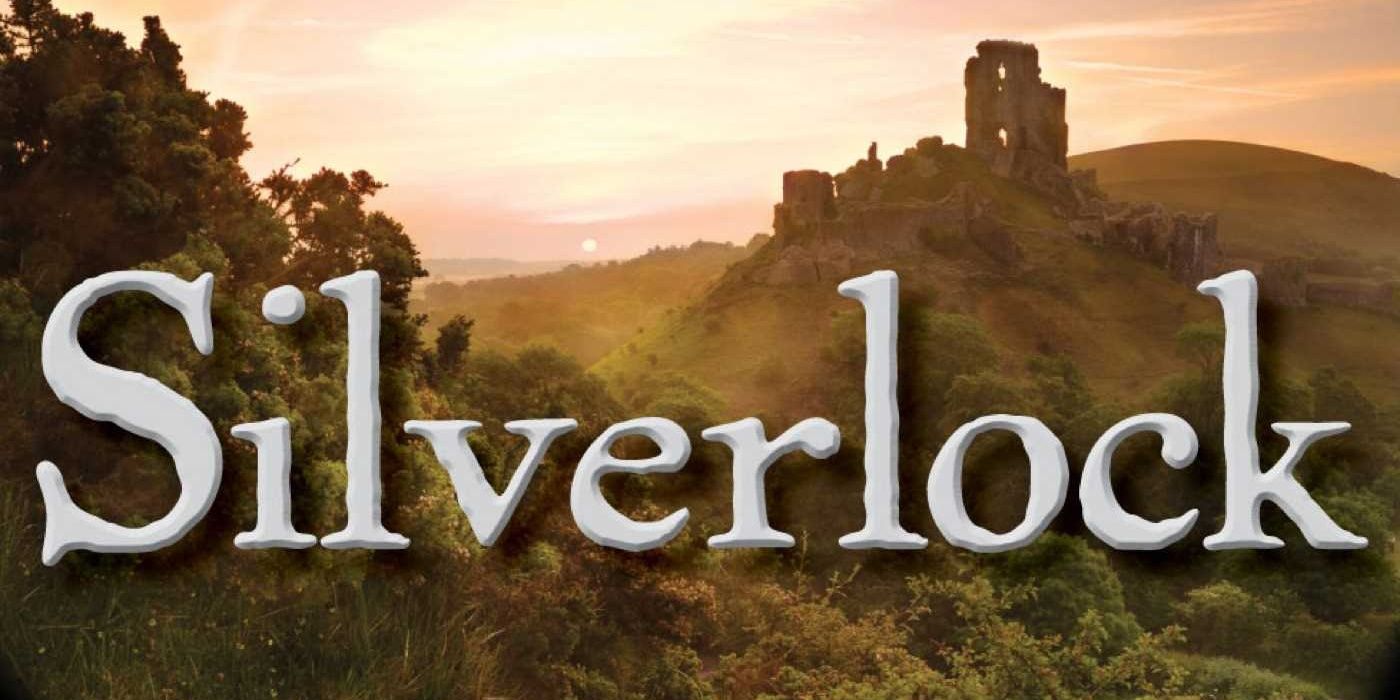
If A. Clarence Shandon's trip to The Commonwealth of Letters in the 1949 novel Silverlock had become the baseline for the fantasy genre instead of Tolkien, then 21st-century film and literature would look very different. Shandon is an aimless adult, an MBA from Wisconsin, whose shipwreck traps him in a dangerous land. His modern life was so boring he no longer felt pleasure, but traveling in the footsteps of heroes like Odysseus and Beowulf and interacting with Jane Austen's heroines and Herman Melville's white whale, he starts to feel again.
8 In Theaters, John Carter Was A Flop. In Pulp Fiction, He Was The Warlord Of Mars
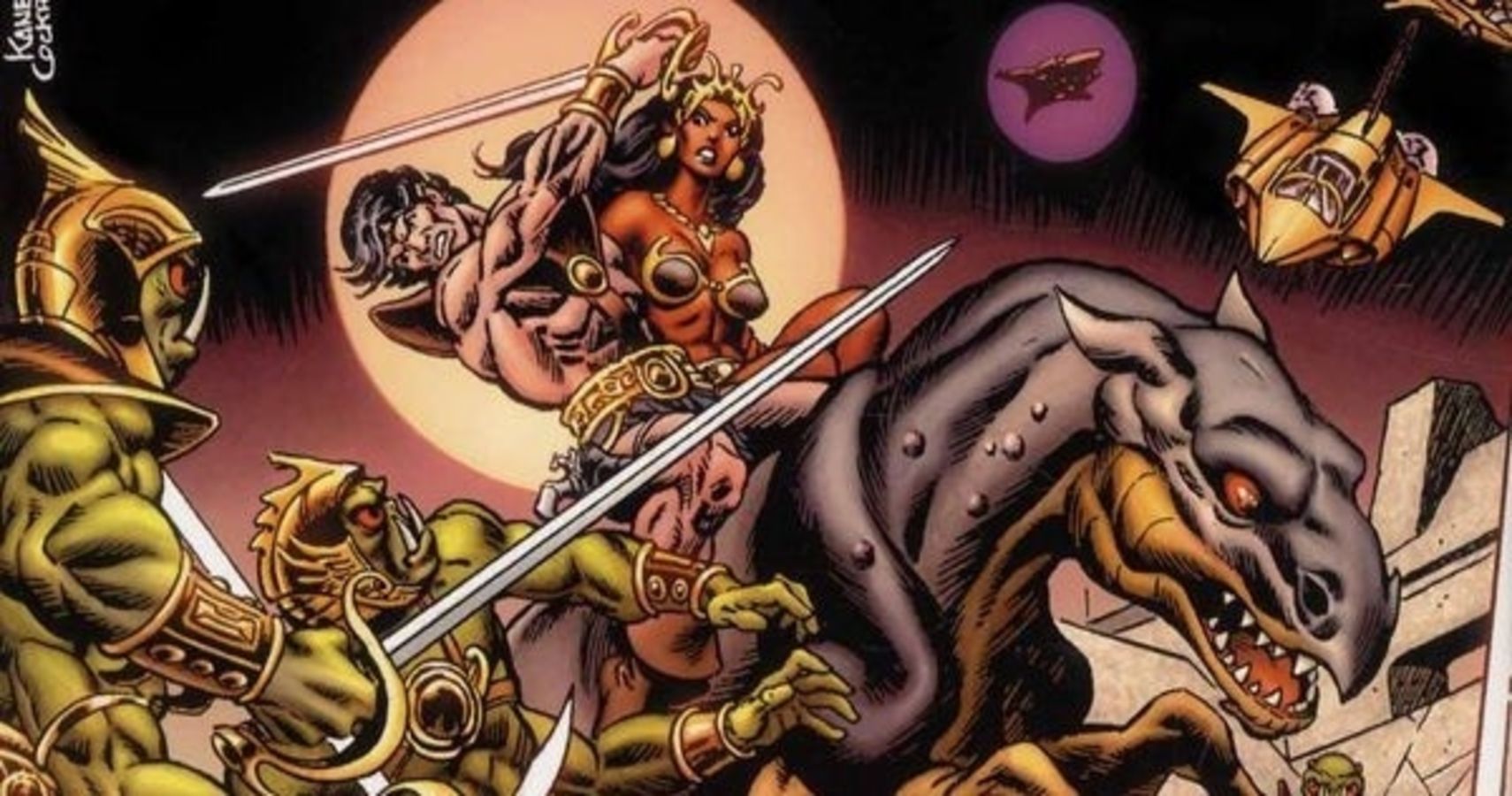
Edgar Rice Burroughs is best known for creating Tarzan, but John Carter may be his greatest hero. A Civil War veteran, he fell asleep while hiding in a cave and woke up on the planet Barsoom, somehow deciding to call it "Mars." In the lighter gravity, Carter is the strongest and fastest warrior, able to jump enormous distances and perform other feats that probably inspired the Golden Age Superman. A sci-fi fairy tale, Carter rescues and marries the princess Dejah Thoris, befriends the green giant Tars Tarkas, and explores his new planet in a series of 11 novels.
First appearing in 1912, the John Carter stories are problematic. The various Martian species are sometimes transparently racist and the fact that Carter fought for the Confederacy doesn't help. That said, the revelation in The Gods of Mars that White Martians deceived and enslaved other Martians by pretending to be supreme beings is also an allegory that's hard to miss.
7 Buck Rogers' New World Was A New Time
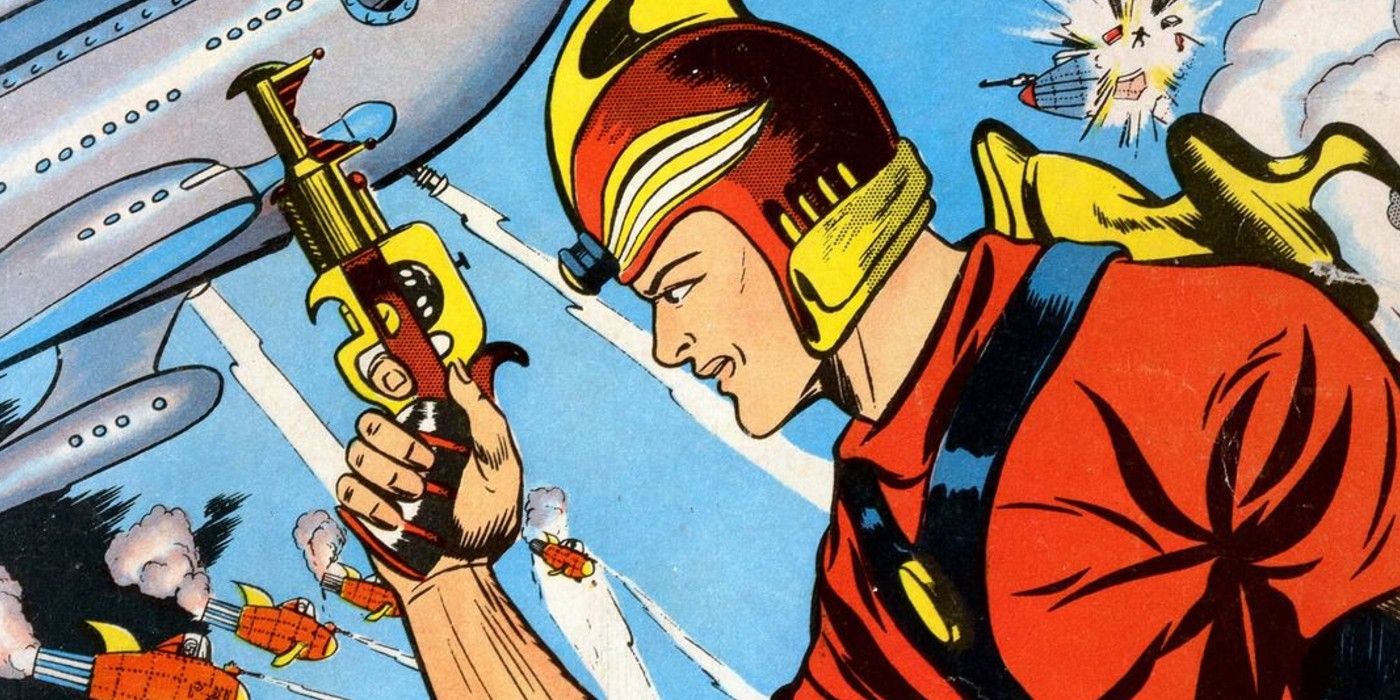
Premiering in comic strips in 1929, Buck Rogers in the 25th Century brought John Carter's sensibilities to newspapers. A First World War veteran, Rogers is entombed underground and exposed to radioactive gas, placing him in suspended animation for nearly 500 years. When he wakes up, his 20th-century skills and common sense make him a hero in the technology-dependent future. It's an interesting variation, where the "modern" hero is a barbarian, and advanced technology has made the future's citizens soft.
This strip inspired equally influential imitators like Flash Gordon and added zap guns and jet packs to science fiction's toolbox.
6 Scott McCloud's Zot! Made A Mundane Girl A Hero In A Superhero's World, Then Made A Superhero Mundane
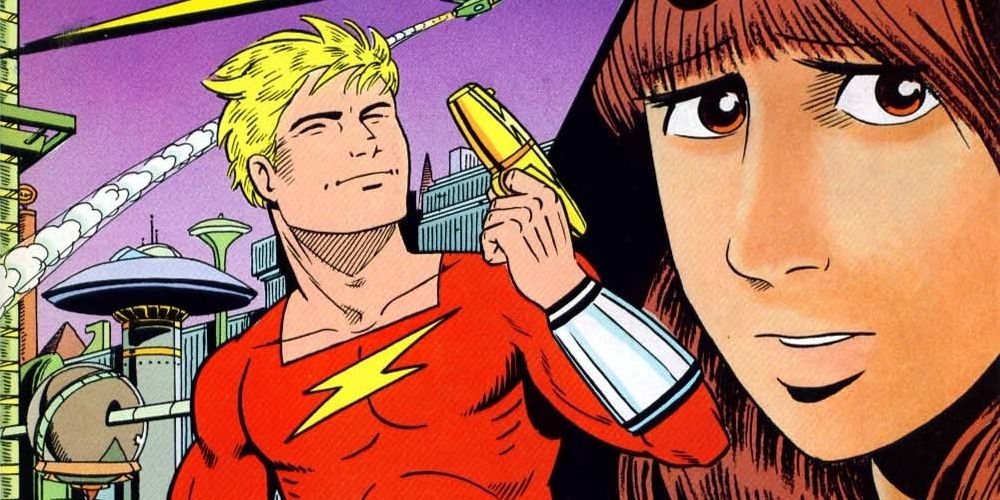
Before Scott McCloud's seminal comic about comics theory, Understanding Comics, Zot! was his indy breakout success. Published by Eclipse Comics from 1984 to 1990, Zot! describes how Jenny Weaver meets a teen superhero named Zot (Zachary Paleozogt). The two journey to Zot's high-tech world, a far-flung future where it's always 1965. Starting off timid, Jenny becomes a true hero. Then, in an accident, the two are trapped on Jenny's Earth, and Zach learns to play Dungeons & Dragons and discovers it's hard to be a hero in Jenny's complex world.
A beautiful fusion of isekai and reverse isekai, Zot! is shockingly dark sometimes, both in its depiction of the "real world," and memorable villains like the digital assassin 9-Jack-9. It's also notable for its diverse cast and its discussion of teen sexuality. The original graphic novel is available online in full, and shouldn't be missed.
5 Dungeons & Dragons Animated Adolescent Gamers' Fantasies
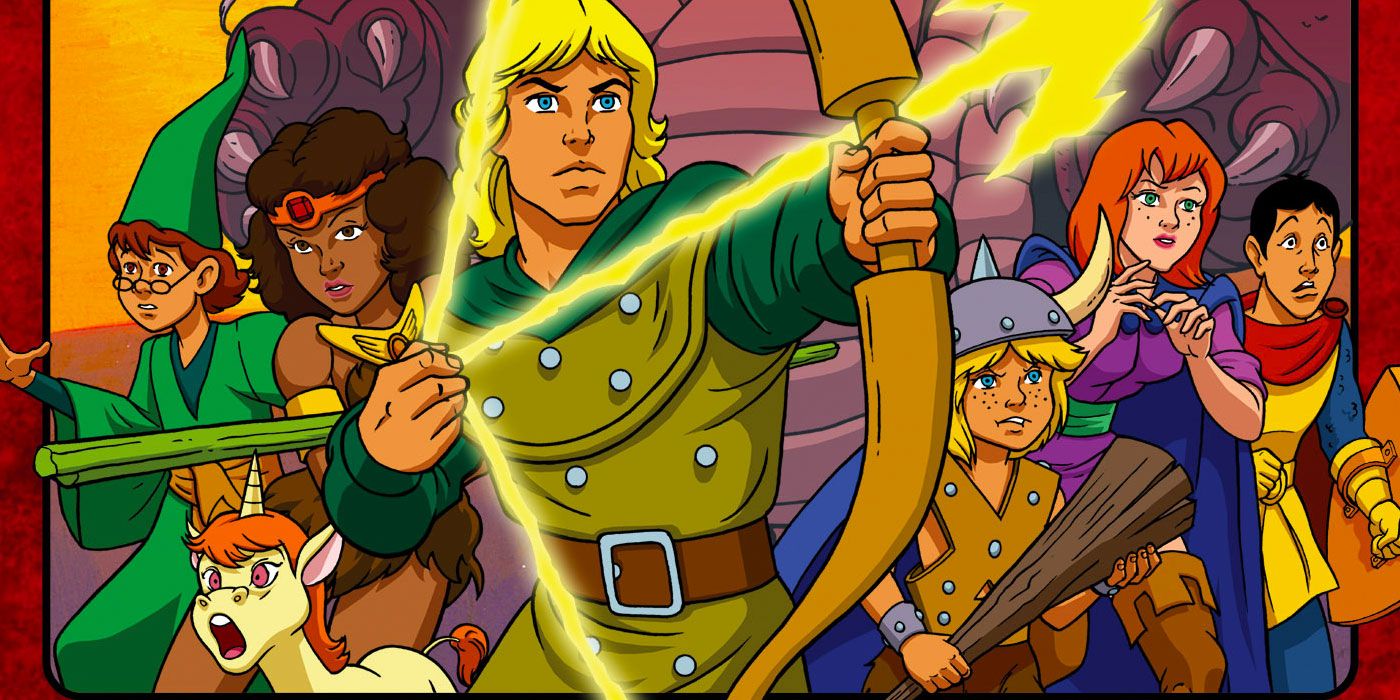
The '80s marked the first peak in D&D's popularity, and in 1983, the cartoon Dungeons & Dragons ran for 27 episodes on Saturday mornings. The animation was cheap and the stories were uneven, but with the likes of Mark Evanier involved, the series had its fair share of good moments.
The adventuring party was comprised of teens and children who took a trip on "The Dungeons & Dragons" ride at a carnival and were transported to something resembling Gygax's World of Greyhawk. They were gifted Weapons of Power by a mysterious Dungeon Master and they needed to get home. The central cast was too large for any of the characters to develop much beyond stereotypes, but the way each hero embodied a variation on a D&D class was interesting. The series suffered from loose continuity as a whole, but the horror-tinged "City On The Edge of Midnight" is an animated '80s classic.
4 Harold Shea's Complex Magical Formulas Took Their Humor and Romance Seriously
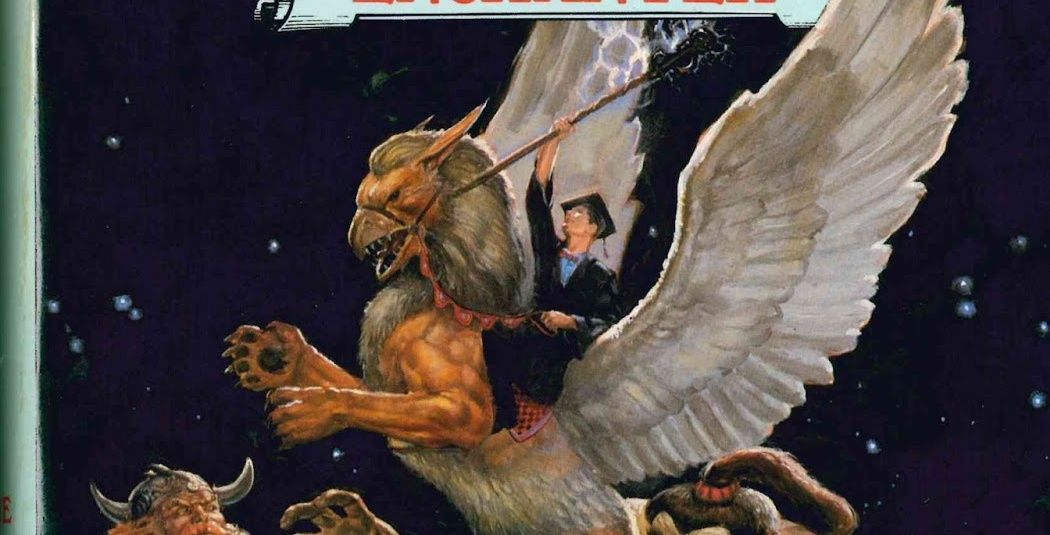
Even earlier than Silverlock (1940) L. Sprague De Camp and Fletcher Pratt's Harold Shea discovers a mathematical formula that lets him travel to other dimensions. However, his lack of control over which world he'll end up in, and the discovery that physics and magic are different in every reality, puts him on equal footing with other isekai protagonists. Shea is a psychologist who thought modern technology would make him a god in other worlds. Instead, his gun doesn't work, but modern fencing techniques make him a serious warrior, and incantations and wax dolls alter reality. Starting out facing the Norse Ragnarok, Shea and his friends hop through classics like Spenser's Fairie Queene as they try to find their way home in the Compleat Enchanter novels that extended into the 2000s.
3 Land Of The Lost Combined Science Fiction, Horror, And Fantasy For Young Audiences
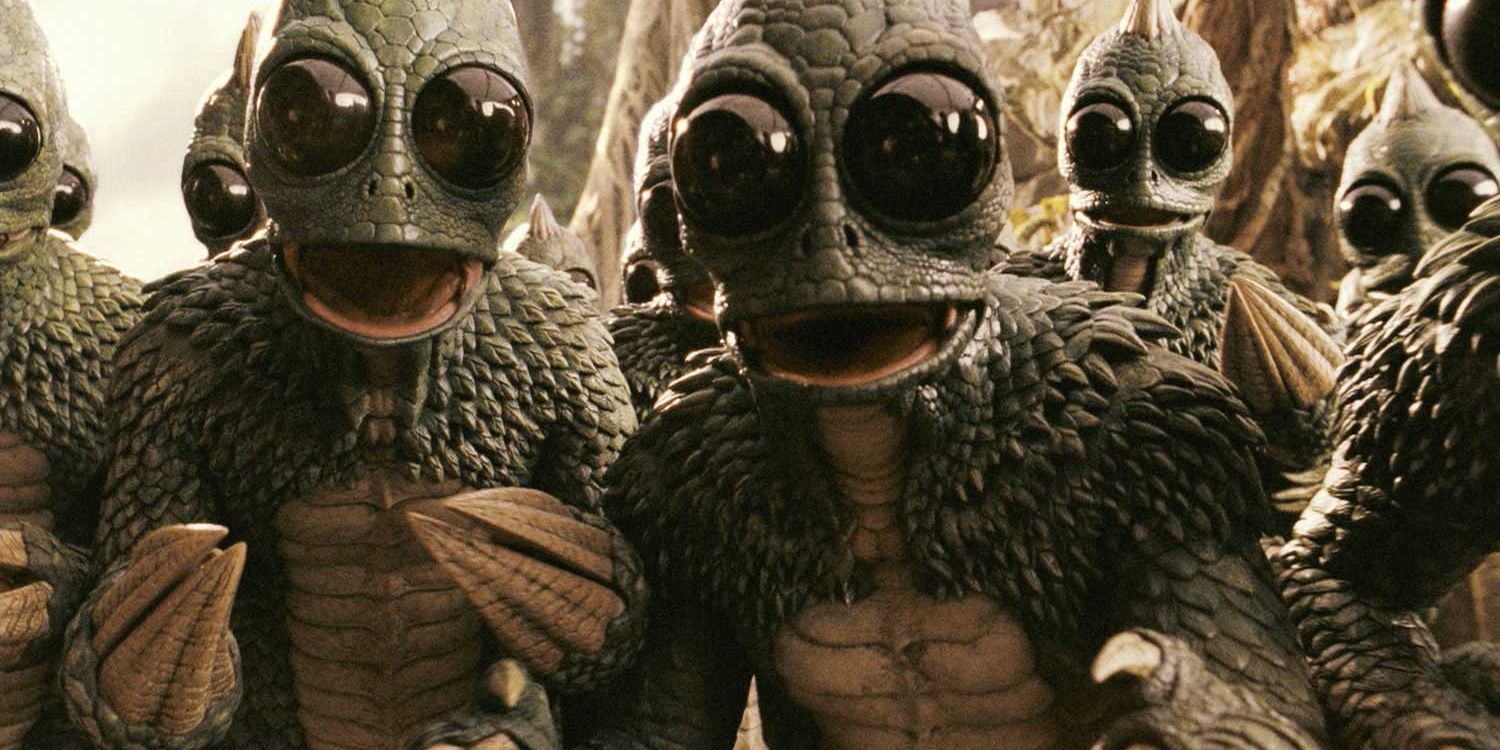
In 1974, Sid and Marty Kroft's Land of the Lost featured an isekai'd family. The Marshalls somehow took a wrong turn into a reality populated with dinosaurs, mysterious alien technology, and terrifying hissing saurians called Sleestak. In spite of crude special effects, the series managed to depict a disturbing otherworld that the heroes were desperate to escape from, all subsequent remakes notwithstanding.
2 Farscape Returned To The Stars
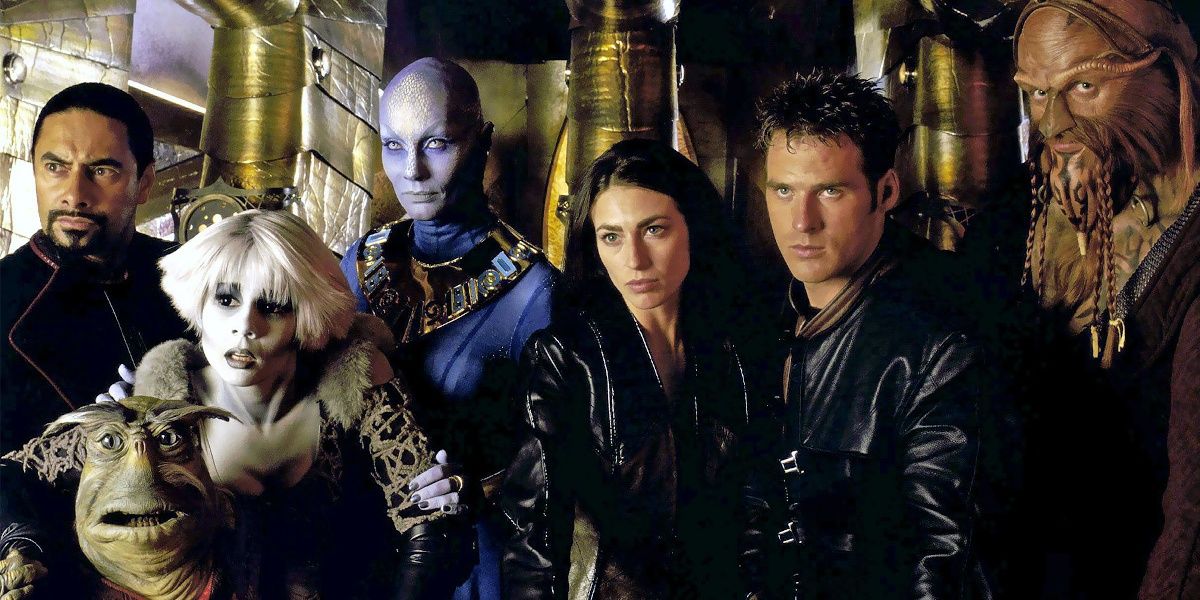
In 1999, an astronaut named John Crichton fell through a wormhole and ended up inside a Space Leviathan with a crew of escaped prisoners. The resulting series started off derivative but evolved into a surprising and complex story. With strong heroes and villains, and creatures created by the Jim Henson Company, the series was a hit in the US and Australia. Crichton's a great protagonist, but the rest of the alien crew really makes this series shine.
1 With His Connecticut Yankee, Mark Twain Started It All
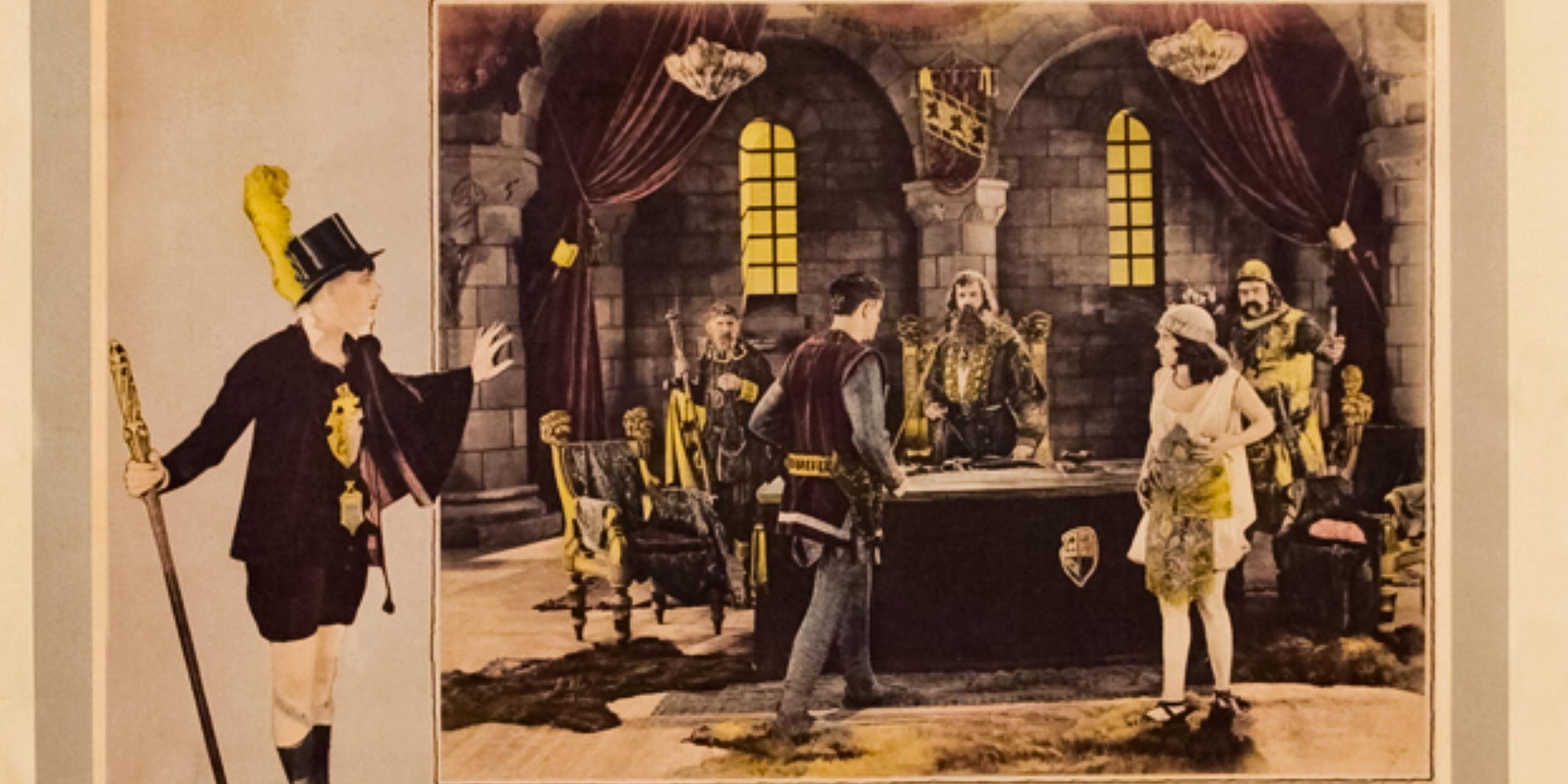
In 1889, a knock on the head sent Hank Morgan hurtling back in time to introduce the Round Table to some Connecticut know-how. Displacing Merlin as Arthur's court magician, Morgan introduces explosives and electricity to medieval Europe. The results are ultimately catastrophic, resembling the carnage of the Civil War that Mark Twain understood too well, but the satirical novel is easily one of the best isekai stories, predating even H.G. Wells' The Time Machine.
0 Comments